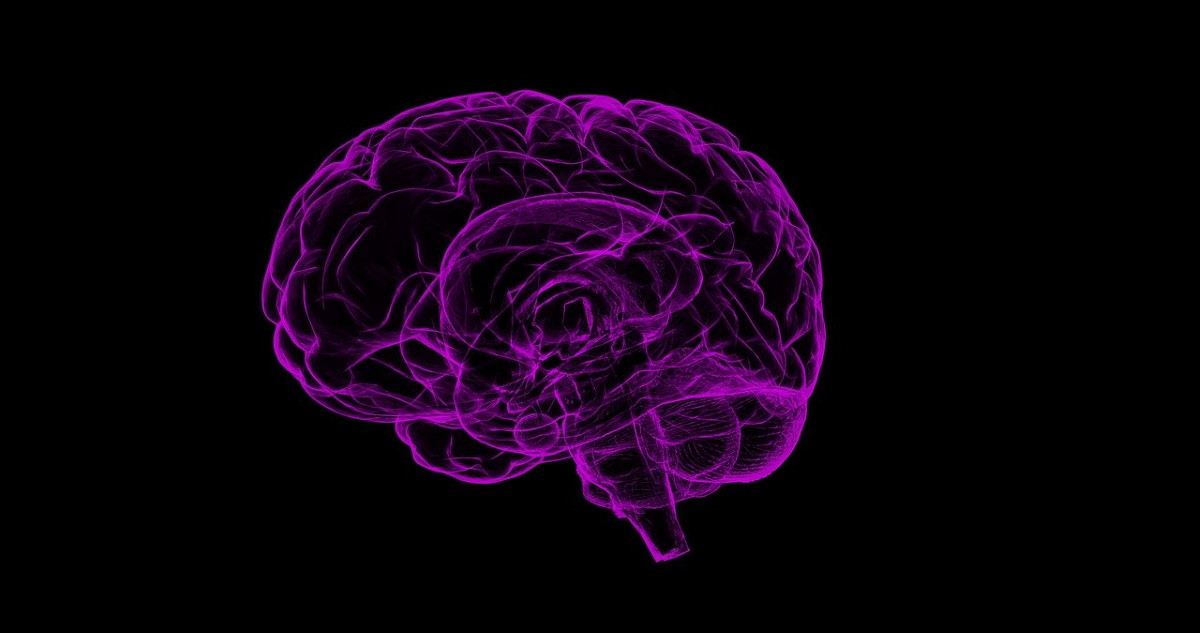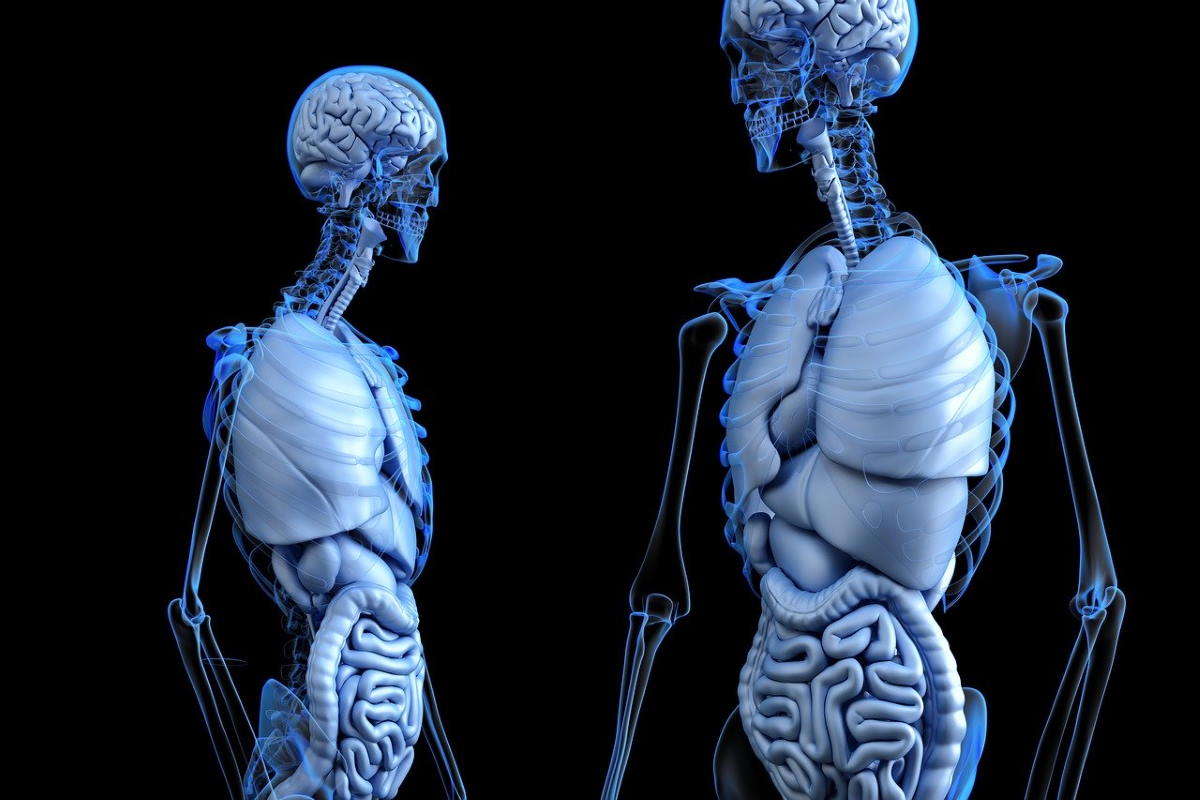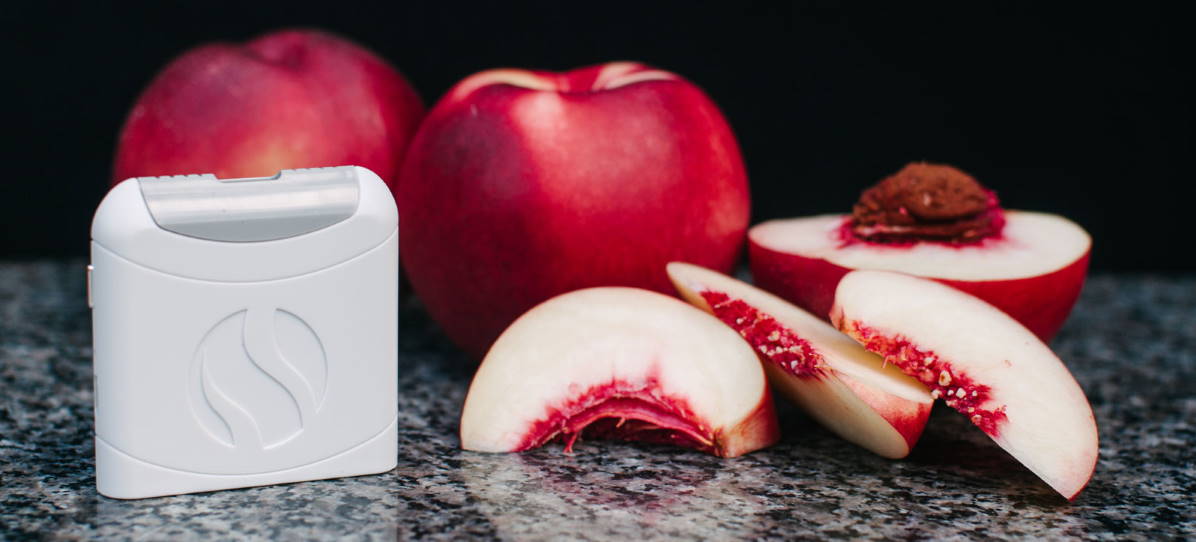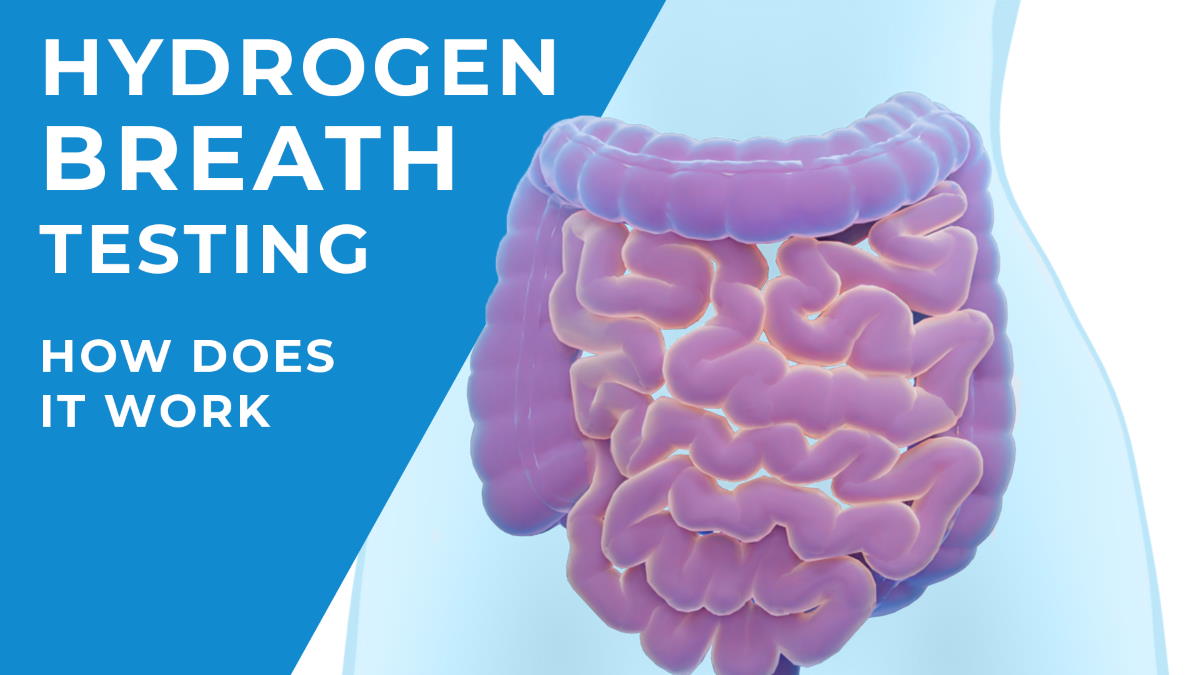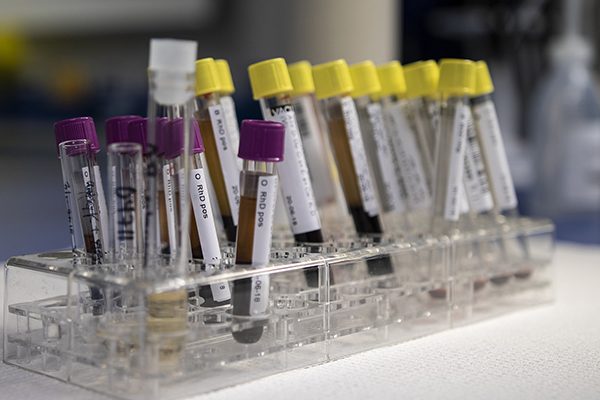You might have heard about the “gut-brain axis”, and how things that happen in our gut can influence what happens in our brain, and vice versa. This connection is really important and influences a lot of things in our lives! It can be complicated to understand, so I’m going to take you through some of the different components to try and explain what it is and why it’s important!
First, what is our nervous system?
It is the part of the body which helps you coordinate actions, by sending and receiving information to other parts of the body.
Image by camilo jimenez on Unsplash
1. The Central Nervous System (CNS) is composed of the brain and spinal cord (this controls most of the functions of the body and mind)
2. The Peripheral Nervous System is made up of three subparts;
- The Enteric Nervous System (ENS) – is an arrangement of neurons and cells found throughout the gastrointestinal tract. The ENS is a highly complex and complicated system – it contains more neurons than our spinal cord. This is why some might refer to our gut as the second brain. More on this below!
- The Somatic Nervous System (SNS) – controls voluntary movements (e.g. walking)
- The Autonomic Nervous System (ANS) – is subdivided into two parts:
- The sympathetic nervous system is the part that helps us to deal with sudden pressures or threats. It controls our “fight-or-flight” response and the necessary biological processes associated with this response, like controlling our blood pressure, heartbeat and breathing rate.
- The parasympathetic nervous system is also known as the “rest-and-digest” system. It tries to conserve energy, by slowing the heart rate and favours feeding by increasing the activity of the intestines (excretion of hormonal glands and digestion).
The main functions of the ENS are:
- Controlling the muscle movements in the gut
- Regulating localised blood flow in the gut
- Regulating any secretions received through the gut wall (from the pancreas and the gallbladder)
- Sense all circulating molecules (hormonal, immune and microbial) and communicate the appropriate message back to the ANS (unconscious) and the central nervous system/CNS (controls most functions of the body and mind)
- Can act independently of the CNS/ANS by controlling localised responses within the gut (E.g. peristalsis – muscle contractions, which help move food along the GI tract).
What is the gut-brain axis (GBA)?
It is the two-way conversation that occurs between our gut and our brain. The GBA requires an array of hormones (chemical messengers), neurons (brain cells that can send messages throughout the body), immune cells (that protect us from illness and infection) and microbial compounds (e.g. SCFAs – Short Chain Fatty Acids), in order to send messages back and forth.
Why do they need to talk, and what do they talk about?
The gut is the power house of our bodies and is a highly complex environment. The gut contains millions of neurons (100 million+) and immune cells (80% of our total count). The gut wall is also home to hormone producing cells (‘endocrine cells’) making the gut central to hormone production. Meanwhile, the brain needs to keep things coordinated and organised, so they are constantly communicating and influencing each other.
The gut is constantly receiving signals from the trillions of microbiota living there. When the brain senses a change in the gut microbiota (diet, infection, antibiotics), it can respond to help counteract or regulate that change appropriately. This communication is bi-directional (two-way), so the bugs in your gut can actually influence behaviour and mood, by signalling directly to the brain. For example, those with functional GI disorders (e.g. IBS), can often experience shifts in mood quite quickly. This is thought to be linked to an irritation in the gut, resulting in signals sent to the brain, causing depression and anxiety.
Remember that up to 40% of us will experience a functional GI disorder at one point, so this two-way conversation between our gut and our brain is really important.
Image by www_slon_pics on Pixabay
How are the brain and gut connected?
Have you heard of the Vagus nerve? It is a really long nerve which runs from the brain stem (located at the bottom of our brain), directly to our gut. It also branches out to other internal organs, making it a very important communication pathway within the body.
The ends (or terminals) of the Vagus nerve are found in the intestinal wall so they don’t actually physically touch the gut microbes but that doesn’t mean they can’t sense them. Communication usually occurs via compounds that cross the intestinal barrier from the microbes (fermentation products like SCFAs), the hormone making cells (endocrine) and immune cells (make cytokines which can be pro or anti-inflammatory proteins). This bi-directional communication allows the transfer of information from the gut microbes to the brain and vice versa.
The Vagus nerve is very important for the communication between the gut microbes and the brain, but the endocrine and immune cells play a very important role too. Interestingly when we eat a food which is not fully broken down in our small intestine, the remainder is broken down nicely by our gut microbes. From this process they can release gas (e.g. hydrogen) but also really important molecules called short chain fatty acids (SCFAs). This can leave the gut via the blood stream and travel to the brain and cross the blood-brain barrier, triggering a response. So remember, a certain amount of fermentation is very healthy, as long as your body can tolerate it. Try incorporate some naturally fermentable foods into your diet, and let your microbes do the rest!
Header Image by Raman Oza on Pixabay
FoodMarble AIRE is the world’s first personal hydrogen breath tester. It is a pocket-sized breath analysis device. It helps people with chronic digestive issues determine the foods that work best with their digestive system. To learn more about FoodMarble, visit foodmarble.com or follow us on Twitter, Facebook, Instagram or LinkedIn!

